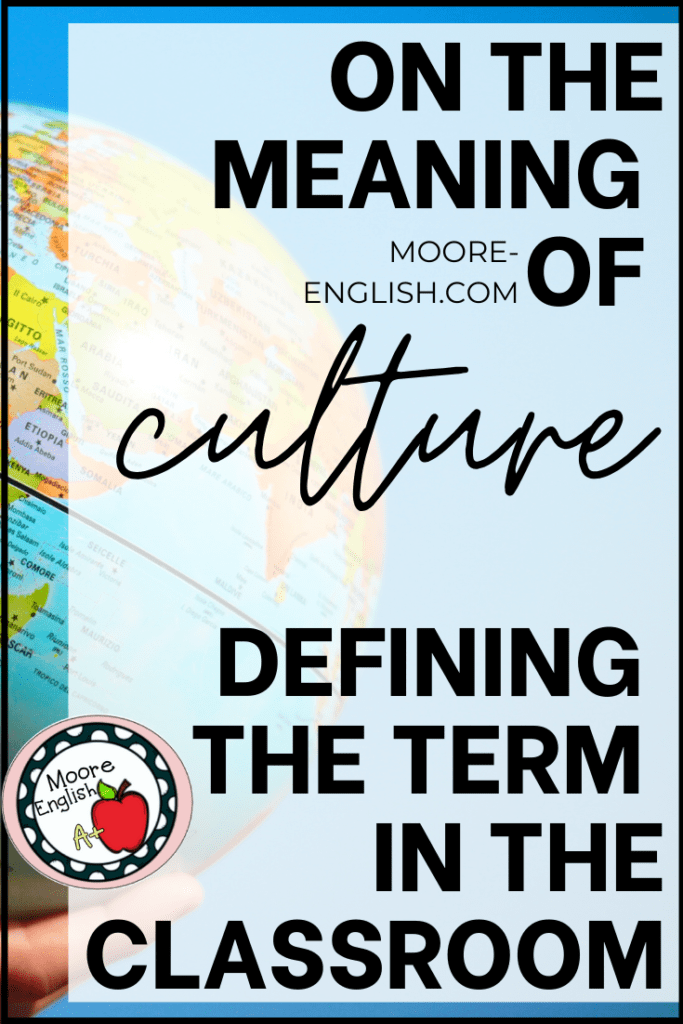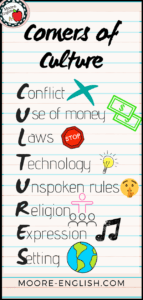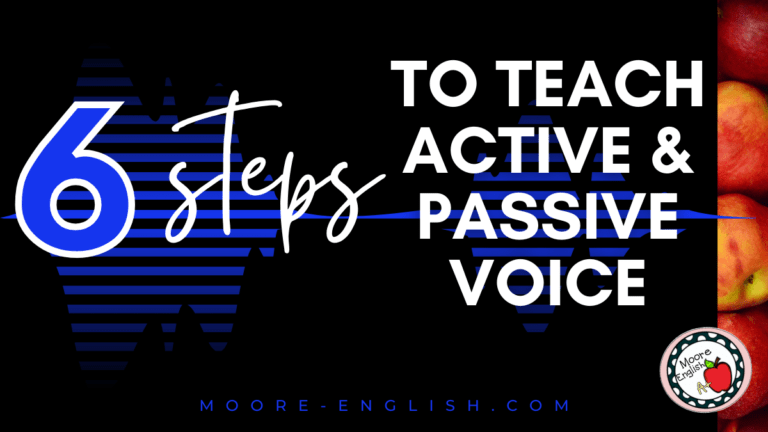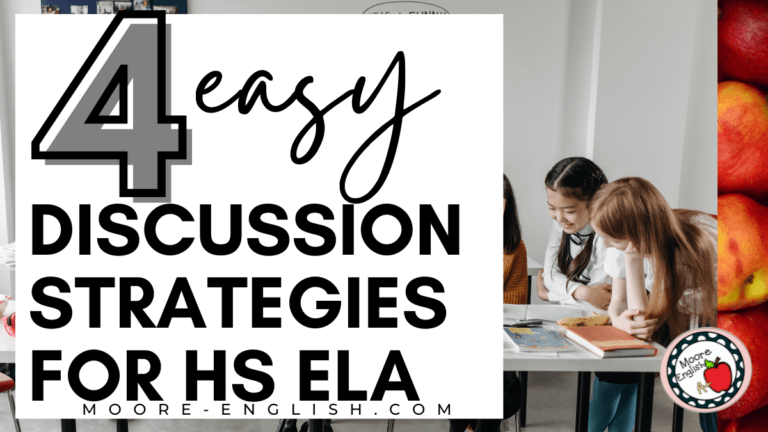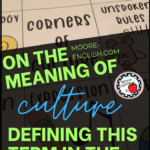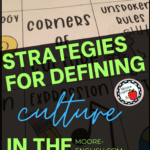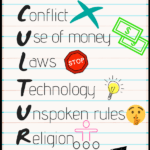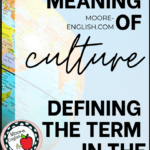As I was writing about “The Danger of the Single Story” on Tuesday and paired texts for Things Fall Apart on Thursday, I found myself thinking a lot about the definition of “culture.” As educators, we hear a lot about classroom and building culture. And those are important ideas. But I’m thinking today about capital-C Culture.
What does Big C-ulture mean? To us? To our students?
My students define through examples, including food, sports, music, traditions, and holidays. If I right click, Google Docs offers to a definition. That seems like a loaded promise. But I’ll try it. According to Google dictionary, Culture is “the arts and other manifestations of human intellectual achievement regarded collectively.” So this is a definition focused on the humanities. As a life-long learner, I value the humanities.
But I think there’s more.
Yes, Culture involves the arts and food and tradition. But it also involves religious and spiritual beliefs, economic systems, conflict (and how we handle conflict), technology, language, history, the legal system (and its political aspects), and all those other parts we don’t talk about (the unspoken rules).
Clearly, Culture is a system of interconnected systems that’s living and evolving.
How can I help my students grapple with such weighty concepts?
Not that I want to reduce Culture in any way, but I put this all together in an acronym.
I thought this might be a good way to help my students unpack the aspects of Culture. I also made a note pages to help students unpack this term: graphic notes for visual learners, guided notes for active listeners, complete notes to use as a handout, and blank notes to use for lecture.
How do you help your students unpack this concept? Let me know in the comments below.

